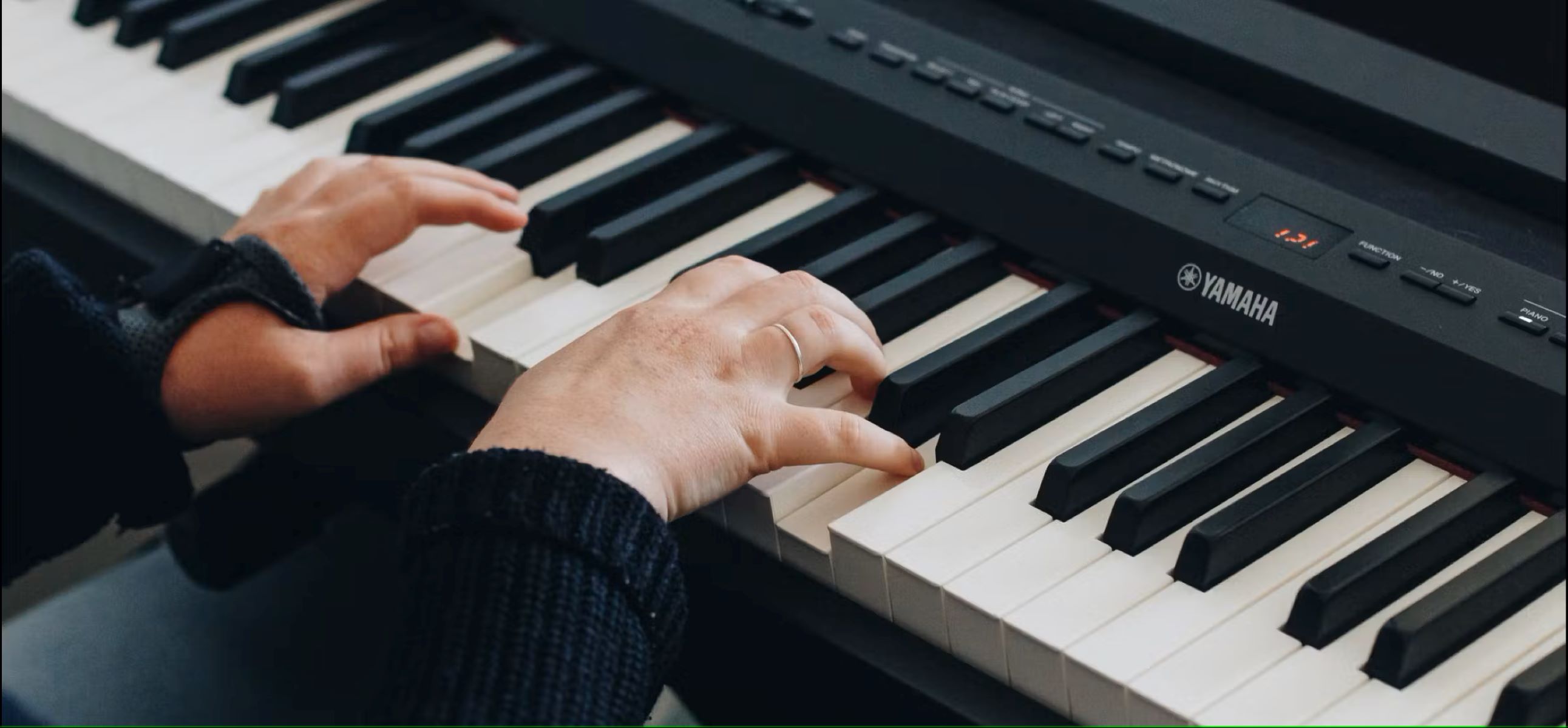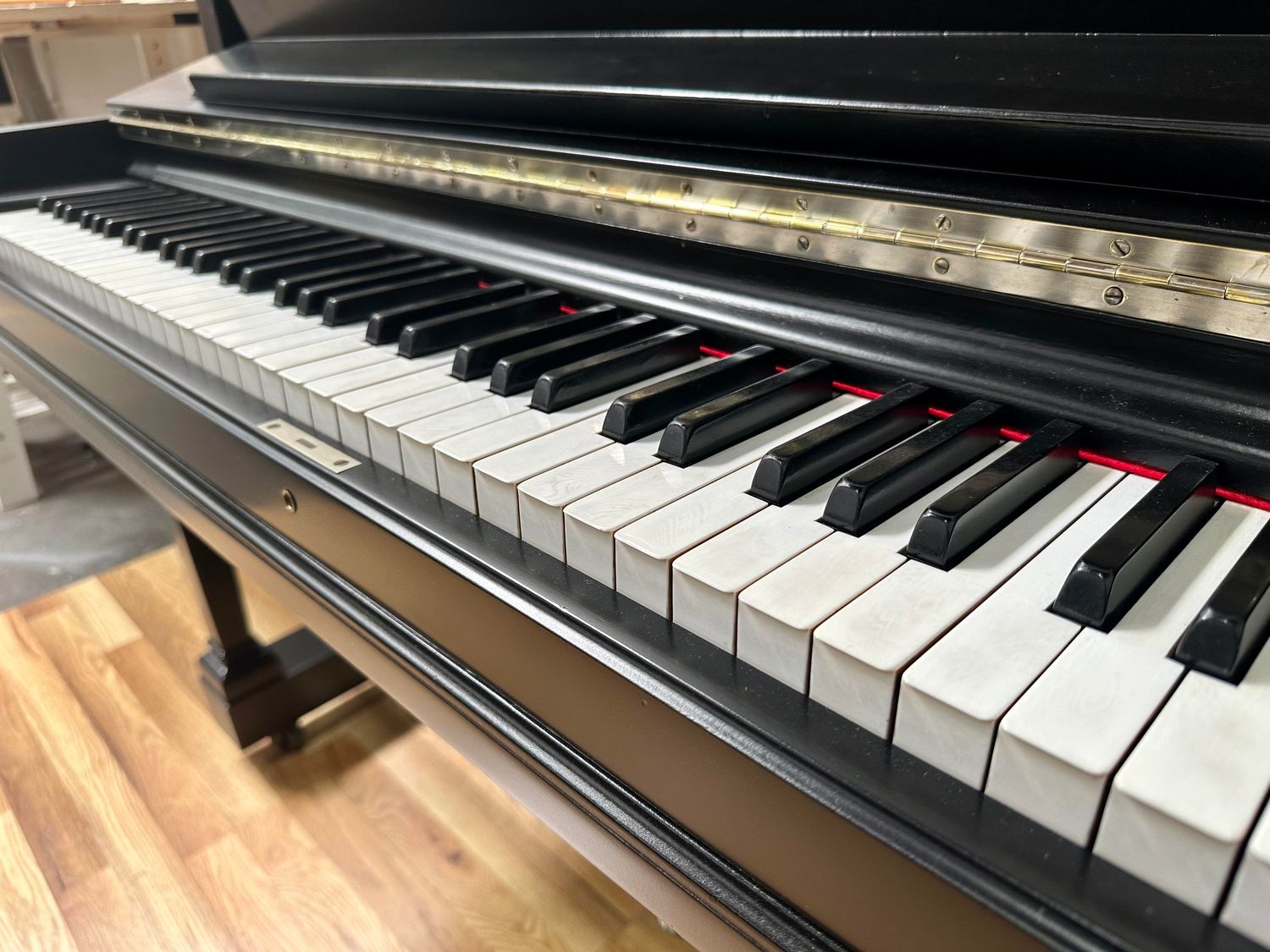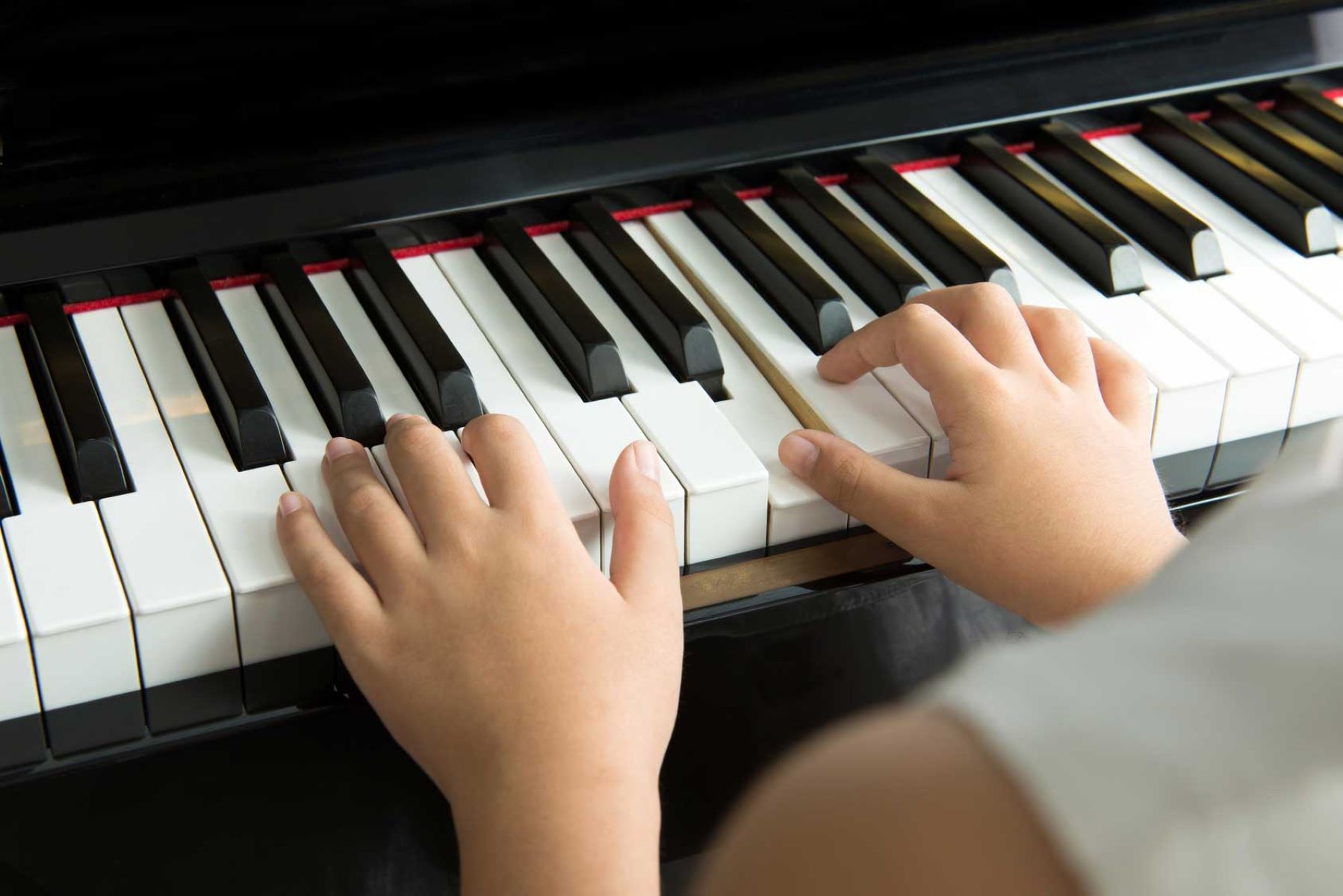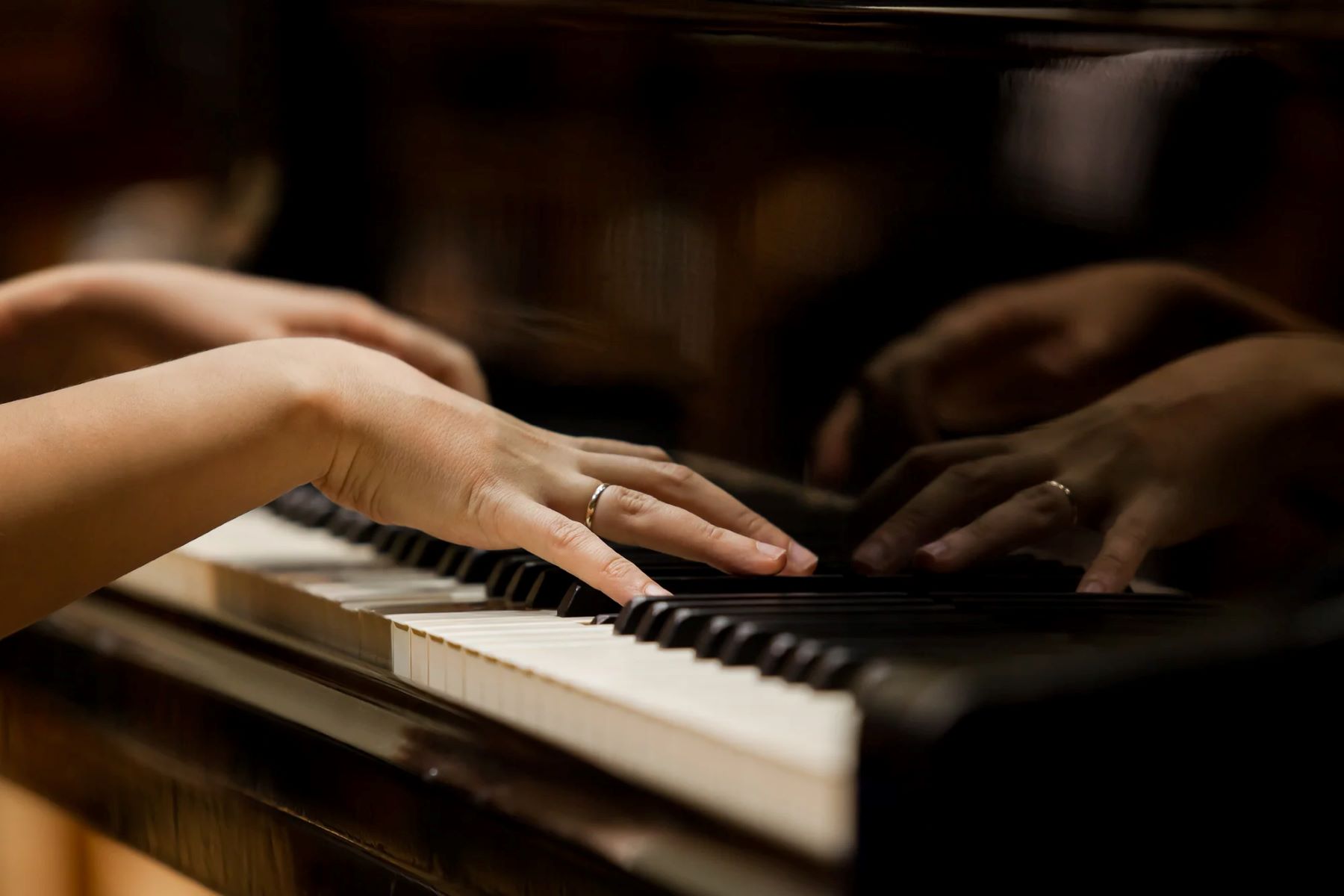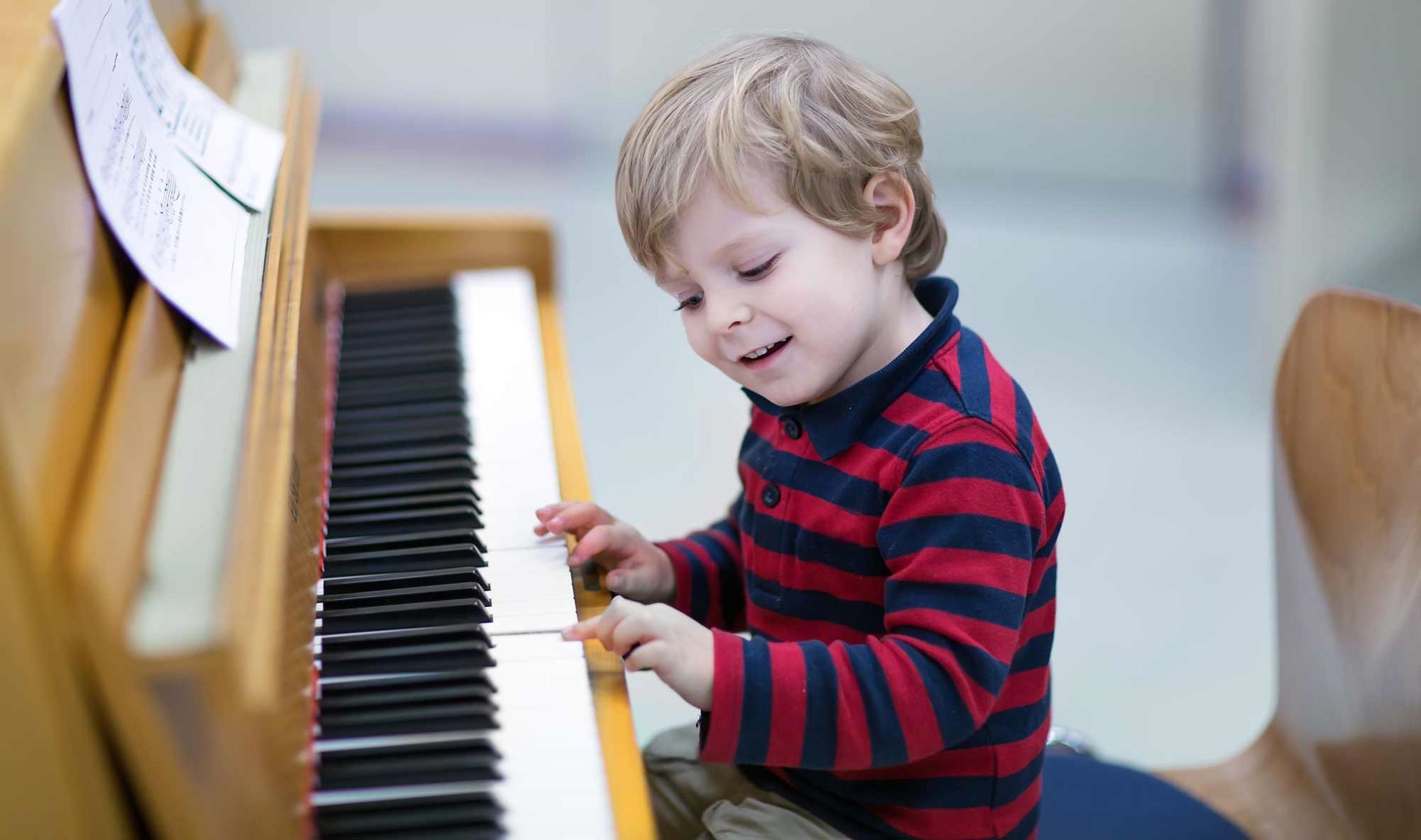Home>Instruments>Piano>How To Play The Electric Piano
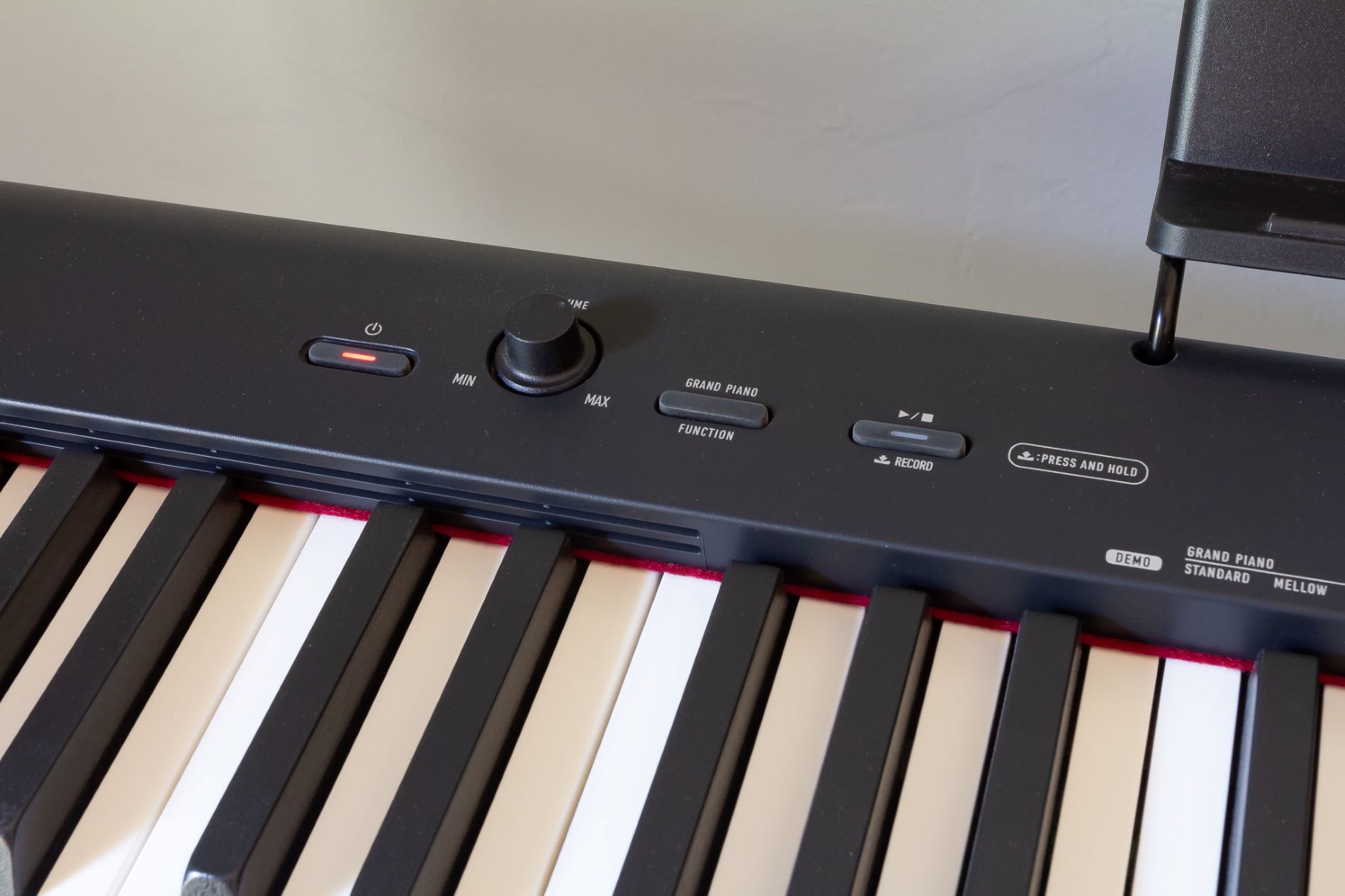

Piano
How To Play The Electric Piano
Published: February 11, 2024
Learn how to play the electric piano with our comprehensive guide. Master piano techniques and start playing your favorite songs today! Discover tips and tricks for mastering the piano.
(Many of the links in this article redirect to a specific reviewed product. Your purchase of these products through affiliate links helps to generate commission for AudioLover.com, at no extra cost. Learn more)
Table of Contents
Introduction
The Joy of Playing the Electric Piano
Playing the electric piano is a delightful and rewarding experience that allows you to express your creativity and emotions through music. Whether you’re a beginner or an experienced musician, the electric piano offers a wide range of sounds and effects that can elevate your playing to new heights. In this comprehensive guide, we will explore the fundamentals of playing the electric piano, from understanding the keyboard layout to mastering basic techniques and incorporating advanced playing styles.
Unlike its acoustic counterpart, the electric piano provides the versatility of producing various sounds, thanks to its electronic components and built-in effects. This opens up a world of possibilities for musicians, allowing them to experiment with different tones and textures to create unique musical expressions. Whether you’re drawn to the soulful resonance of a grand piano or the futuristic sounds of a synthesizer, the electric piano offers a diverse sonic palette to explore.
Throughout this guide, we will delve into the essential skills and techniques needed to harness the full potential of the electric piano. From mastering chord progressions to incorporating rhythmic patterns and utilizing effects, you will gain valuable insights that will elevate your playing and inspire your musical journey. Whether you aspire to entertain audiences with captivating performances or simply find joy in playing for personal fulfillment, the electric piano holds endless possibilities for creativity and self-expression.
So, grab a seat, power up your electric piano, and let’s embark on a musical adventure filled with discovery, learning, and the sheer joy of playing the electric piano.
Getting Started
Choosing Your Electric Piano
Before diving into the world of electric piano playing, it’s essential to select the right instrument that suits your preferences and playing style. Electric pianos come in various types, including stage pianos, digital pianos, and hybrid pianos, each offering unique features and capabilities. Consider factors such as key action, sound quality, portability, and additional features like built-in effects and connectivity options when making your choice.
Once you have your electric piano, familiarize yourself with its layout and functionality. Most electric pianos feature a keyboard with 88 weighted keys, resembling the feel of an acoustic piano, while others may have fewer keys for increased portability. Explore the different sounds and effects available on your instrument, and take the time to understand how to navigate and customize them to suit your preferences.
Next, ensure that your electric piano is set up in a comfortable and inspiring environment. Find a well-lit and spacious area where you can practice without distractions. Consider investing in a comfortable bench or chair that allows for proper posture and hand positioning while playing. Additionally, ensure that your electric piano is positioned at a suitable height to promote good playing ergonomics.
Equally important is the presence of a quality sound system or headphones to fully appreciate the nuances of your electric piano’s sound. While some electric pianos have built-in speakers, connecting to a dedicated amplifier or using high-fidelity headphones can greatly enhance the listening experience and allow you to immerse yourself in the rich tones and textures of your instrument.
Finally, gather essential accessories such as a sustain pedal, which is crucial for shaping notes and creating expressive performances, as well as a protective cover to keep your electric piano safe from dust and damage when not in use. With these foundational elements in place, you’re ready to embark on your electric piano journey with confidence and enthusiasm.
Understanding the Keyboard
Exploring the Layout and Functionality
Before delving into playing the electric piano, it’s essential to familiarize yourself with the layout and functionality of the keyboard. The standard electric piano keyboard features 88 keys, spanning seven octaves and incorporating both white and black keys. Understanding the layout of these keys is fundamental to navigating the instrument and unlocking its full potential.
The white keys represent the natural notes of the musical alphabet, spanning from A to G, and repeating in a continuous pattern across the keyboard. In contrast, the black keys, known as sharps (#) or flats (♭), represent the intermediate notes between the natural notes. Each black key can be associated with two different note names, providing flexibility in playing various scales and chords.
As you familiarize yourself with the keyboard, take note of the grouping of black keys in sets of two and three. This pattern repeats across the entire keyboard, serving as a visual and tactile reference for locating specific notes and intervals. Understanding this pattern is crucial for playing scales, arpeggios, and complex chord voicings with accuracy and confidence.
Moreover, the concept of octaves is integral to understanding the keyboard’s layout. An octave encompasses eight notes, including the starting and ending notes, and represents a fundamental unit in music theory and composition. As you navigate the keyboard, pay attention to the visual and auditory patterns that emerge as you move across octaves, as this will aid in developing a strong sense of musical structure and spatial awareness on the instrument.
Beyond the basic layout, electric pianos often feature additional controls and buttons that allow for customization of sounds, effects, and performance parameters. Familiarize yourself with these controls, as they can significantly enhance your playing experience and empower you to tailor the instrument’s sound to your artistic vision.
By gaining a deep understanding of the keyboard layout and functionality, you’ll lay a solid foundation for exploring the expressive capabilities of the electric piano and unleashing your musical creativity with confidence and precision.
Basic Techniques
Building a Strong Foundation
Mastering basic techniques is essential for any aspiring electric piano player. These foundational skills form the cornerstone of expressive and confident playing, laying the groundwork for more advanced musical exploration. Whether you’re new to the instrument or seeking to refine your skills, focusing on these fundamental techniques will set you on the path to musical fluency.
Hand Positioning: Begin by establishing proper hand positioning on the keyboard. Place your hands in a relaxed and natural curve, with your fingers poised over the keys. Maintain a balanced and comfortable posture, allowing for fluid movement and dexterity while playing. Developing a consistent hand position will facilitate smooth transitions between notes and chords, enhancing your overall playing efficiency.
Finger Independence: Practice exercises that promote finger independence, allowing each finger to move freely and responsively. This skill is crucial for playing intricate melodies, harmonies, and chord progressions with precision and control. Focus on exercises that engage individual fingers, such as scales and arpeggios, to strengthen finger independence and coordination.
Articulation and Dynamics: Explore the nuances of articulation and dynamics to infuse your playing with expressiveness and emotion. Experiment with varying touch and pressure on the keys to produce a range of dynamics, from delicate pianissimo passages to powerful fortissimo accents. Additionally, practice articulating notes with clarity and intention, utilizing techniques such as staccato and legato to shape your musical phrases with finesse.
Chord Voicings: Familiarize yourself with essential chord voicings and inversions to expand your harmonic vocabulary. Practice common chord progressions in different keys, exploring various voicings and fingerings to develop a comprehensive understanding of chord structures and their relationships. This knowledge will empower you to accompany melodies, create rich harmonies, and improvise with confidence.
Rhythmic Accuracy: Develop a strong sense of rhythmic accuracy by practicing with a metronome and internalizing different rhythmic patterns. Pay close attention to timing and synchronization between both hands, honing your ability to maintain a steady pulse and execute rhythmic variations with precision. A solid rhythmic foundation is essential for collaborating with other musicians and interpreting diverse musical styles.
By dedicating time to mastering these basic techniques, you’ll lay a solid foundation for your electric piano journey, equipping yourself with the skills and fluency to explore diverse musical genres and express your unique musical voice with confidence and authenticity.
Playing Chords
Harmonizing Your Sound
Chords form the harmonic backbone of music, adding depth and richness to melodies and compositions. Mastering the art of playing chords on the electric piano opens up a world of harmonic possibilities, allowing you to create lush and captivating musical landscapes. Whether you’re accompanying a vocalist, improvising with a band, or composing your own pieces, understanding and executing chords with skill and creativity is a valuable asset for any pianist.
Understanding Chord Structure: Begin by familiarizing yourself with the basic structure of chords, consisting of root, third, and fifth intervals. These intervals define the quality and character of the chord, whether it’s major, minor, diminished, or augmented. Practice playing and identifying these intervals across different keys and inversions to develop a comprehensive understanding of chord construction.
Chord Inversions: Explore chord inversions to add variety and fluidity to your chord progressions. Inversions involve reordering the notes within a chord, resulting in different voicings and textures. Experiment with playing chords in their root position as well as first and second inversions, allowing for smooth transitions and creating compelling harmonic movement in your playing.
Extended Chords and Color Tones: Once comfortable with basic triads, delve into extended chords and color tones to expand your harmonic palette. Integrate seventh, ninth, eleventh, and thirteenth extensions into your chord voicings, adding complexity and sophistication to your playing. These extended chords introduce captivating dissonance and tension, enriching your musical expressions and providing opportunities for inventive improvisation.
Chord Progressions: Practice common chord progressions across different musical genres, such as the timeless I-IV-V progression in major keys and its variations. Experiment with creating your own progressions, exploring the emotional impact of different chord sequences and their potential for evoking varied moods and atmospheres. Understanding and internalizing diverse chord progressions will enhance your ability to interpret and compose music with depth and insight.
Accompaniment Styles: Explore various accompaniment styles, such as arpeggios, rhythmic comping, and broken chords, to complement melodies and create rhythmic interest. Develop a repertoire of accompaniment patterns and techniques that suit different musical genres, from jazz and blues to pop and classical, allowing you to adapt your playing to diverse musical contexts and arrangements.
By honing your skills in playing chords and understanding their harmonic implications, you’ll elevate your musical expression on the electric piano, infusing your playing with depth, emotion, and a captivating sense of harmony.
Adding Rhythm
Infusing Energy and Groove
Rhythm is the heartbeat of music, infusing energy, movement, and groove into every musical phrase. As an electric piano player, mastering rhythmic techniques is essential for driving the momentum of a performance, accompanying other musicians, and captivating listeners with infectious grooves. Whether you’re exploring jazz, funk, rock, or any other genre, understanding and incorporating diverse rhythmic elements will enhance your playing and elevate the overall musical experience.
Understanding Time Signatures and Rhythmic Patterns: Familiarize yourself with different time signatures, such as 4/4, 3/4, and 6/8, and internalize their rhythmic feel and emphasis. Practice playing rhythmic patterns within these time signatures, including syncopated rhythms, swing feel, and straight-ahead grooves, to develop a versatile rhythmic vocabulary that adapts to various musical styles.
Syncopation and Offbeat Accents: Experiment with syncopated rhythms and offbeat accents to introduce complexity and propulsion into your playing. Emphasizing offbeat notes and syncopated patterns adds a dynamic layer to your rhythmic expression, creating engaging syncopations and unexpected rhythmic twists that captivate listeners and propel the music forward.
Rhythmic Variations and Fill Patterns: Incorporate rhythmic variations and fill patterns to add flair and excitement to your playing. Explore techniques such as rhythmic displacement, polyrhythms, and percussive fills, infusing your performances with captivating rhythmic textures and unexpected embellishments that showcase your musical creativity.
Dynamic Groove and Articulation: Develop a keen sense of dynamic groove and articulation, allowing your playing to breathe and pulse with vitality. Experiment with subtle variations in touch, dynamics, and rhythmic accents to convey a compelling sense of groove and drive, whether you’re laying down a solid foundation in a rhythm section or taking center stage with a captivating solo.
Rhythmic Interaction with Other Instruments: Practice rhythmic interaction with other musicians, honing your ability to lock in with drummers, bassists, and other instrumentalists. Cultivate a keen sense of ensemble playing, where your rhythmic contributions complement and elevate the overall musical conversation, fostering a cohesive and dynamic musical experience.
By embracing diverse rhythmic techniques and infusing your playing with infectious groove, you’ll elevate your role as an electric piano player, becoming an essential driving force in any musical ensemble while captivating audiences with irresistible rhythmic energy.
Using Effects
Expanding Your Sonic Palette
Exploring and utilizing effects on the electric piano can transform your sound, adding depth, texture, and sonic versatility to your playing. Whether you’re aiming to evoke vintage warmth, create ethereal atmospheres, or infuse your sound with contemporary edge, understanding and integrating effects into your playing opens up a world of sonic possibilities. From classic reverb and chorus to innovative modulation and spatial effects, the realm of electric piano effects offers a rich tapestry for sonic exploration.
Reverb and Ambience: Experiment with reverb to add spaciousness and depth to your sound, creating immersive sonic environments that enhance the expressive qualities of your playing. Tailor the reverb settings to achieve anything from intimate room ambience to expansive cathedral-like reverberations, enriching your sound with captivating spatial dimensions.
Chorus and Modulation: Delve into chorus and modulation effects to infuse your sound with shimmering movement and lush tonal variations. These effects can add a sense of warmth and dimension to your playing, evoking the nostalgic textures of vintage electric pianos while introducing captivating sonic nuances that elevate your musical expression.
Delay and Echo: Explore the creative potential of delay and echo effects, introducing rhythmic echoes and atmospheric repetitions that imbue your playing with a sense of intrigue and depth. Experiment with different delay times and feedback settings to craft expressive echoes that add a compelling layer of rhythmic and textural interest to your sound.
Wah and Filter Effects: Embrace wah and filter effects to shape your sound with expressive tonal sweeps and dynamic filtering. These effects offer a palette of expressive possibilities, allowing you to sculpt your sound with evocative tonal shifts and vocal-like articulations that captivate listeners and elevate your playing with expressive character.
Layering and Splitting: Utilize layering and splitting capabilities to combine multiple sounds and effects, creating rich and complex sonic textures that transcend traditional piano timbres. Experiment with blending different instrument sounds, incorporating synth textures, and creating dynamic splits across the keyboard to expand your sonic palette and artistic expression.
By integrating effects into your electric piano playing, you’ll expand your sonic palette and artistic versatility, creating captivating soundscapes that transcend conventional piano timbres and inspire boundless creativity in your musical endeavors.
Tips for Improvisation
Fostering Creative Freedom
Improvisation is a dynamic and expressive form of musical creativity that empowers electric piano players to spontaneously craft melodies, harmonies, and rhythmic motifs. Whether you’re drawn to jazz, blues, funk, or fusion, honing your improvisational skills opens the door to limitless artistic expression and musical exploration. Embracing the art of improvisation on the electric piano allows you to channel your emotions, interact with fellow musicians, and captivate audiences with the thrill of spontaneous musical invention.
Internalize Scales and Modes: Develop a deep familiarity with scales and modes across different keys, internalizing their unique tonal characteristics and emotional nuances. By immersing yourself in scales such as the major scale, natural minor scale, and various modes (e.g., Dorian, Mixolydian), you’ll equip yourself with a rich harmonic and melodic vocabulary for improvisation.
Ear Training and Transcription: Hone your ear through active listening and transcription of improvised solos and melodies. Analyze the phrasing, articulation, and expressive nuances of renowned improvisers, incorporating elements of their style into your own playing while cultivating a discerning ear for melodic and harmonic development.
Rhythmic Exploration: Experiment with diverse rhythmic patterns, syncopations, and metric modulations to infuse your improvisations with rhythmic vitality and intrigue. Embrace rhythmic freedom while maintaining a strong sense of pulse, allowing your improvisations to ebb and flow with dynamic rhythmic energy.
Embrace Space and Silence: Embrace the power of space and silence in your improvisations, allowing moments of rest and anticipation to enhance the impact of your musical phrases. Strategic use of silence can create tension and release, adding depth and drama to your improvisational storytelling.
Explore Harmonic Substitution and Color Tones: Venture into harmonic substitution and the incorporation of color tones to introduce harmonic richness and unpredictability into your improvisations. Experiment with substituting chords, adding extensions, and infusing your playing with colorful dissonances that spark creative exploration and harmonic intrigue.
By embracing these tips for improvisation on the electric piano, you’ll cultivate a sense of creative freedom and spontaneity, allowing your musical voice to flourish and evolve with each inspired improvisational journey.
Conclusion
Embarking on a Musical Odyssey
Congratulations on embarking on this enriching journey into the world of electric piano playing. Throughout this guide, we’ve explored the fundamental aspects of mastering the electric piano, from understanding the keyboard layout and building essential techniques to delving into the realms of harmony, rhythm, and improvisation. By immersing yourself in the art of the electric piano, you’ve opened the door to a world of musical expression, creativity, and boundless sonic exploration.
As you continue to hone your skills and expand your musical horizons, remember to approach your practice and playing with curiosity, passion, and a spirit of adventure. Each session at the electric piano offers an opportunity for discovery, growth, and the joy of musical expression. Whether you’re drawn to the emotive resonance of a poignant ballad, the infectious groove of a funk jam, or the sophisticated harmonies of jazz, the electric piano serves as an ever-inspiring canvas for your musical aspirations.
Embrace the nuances of the instrument, experiment with different sounds and effects, and allow your creativity to flow freely as you navigate the vast landscape of musical possibilities. Whether you find yourself performing for an audience, collaborating with fellow musicians, or simply indulging in the pleasure of personal musical exploration, the electric piano stands as a steadfast companion in your artistic endeavors.
Remember that every note you play carries the imprint of your unique musical voice, resonating with the emotions, experiences, and stories that define your artistic journey. Let the electric piano be your trusted vessel as you navigate the seas of melody, harmony, and rhythm, charting a course that reflects your individuality and passion for music.
So, as you continue to explore the boundless realms of the electric piano, may your playing be imbued with creativity, authenticity, and the sheer joy of musical expression. Let the keys beneath your fingers be a gateway to a world of sonic wonder, where your musical odyssey unfolds with each inspired note and every heartfelt chord.
Embrace the art, the craft, and the magic of the electric piano, and may your musical journey be filled with endless inspiration, growth, and the resounding beauty of your unique musical voice.

